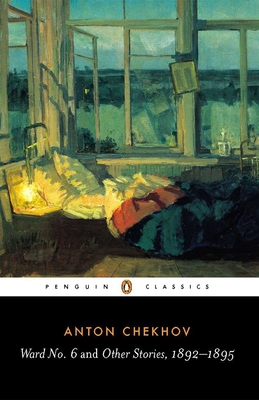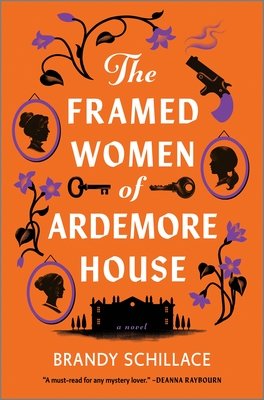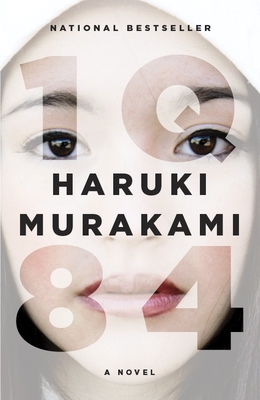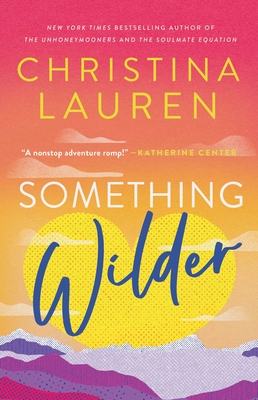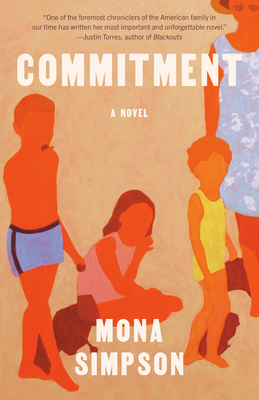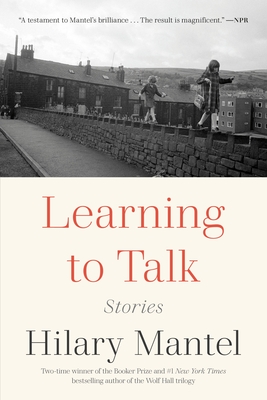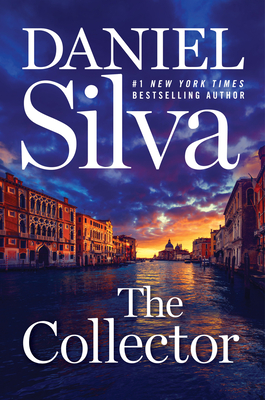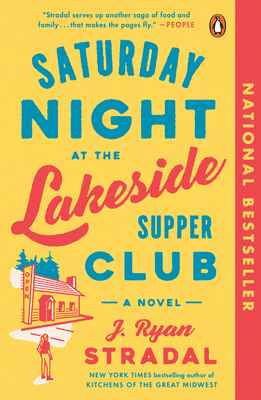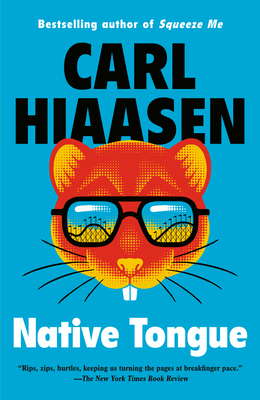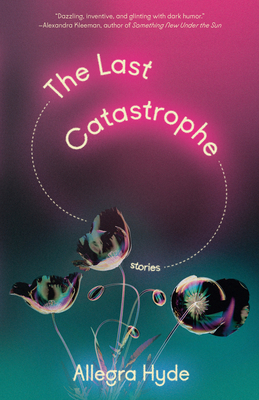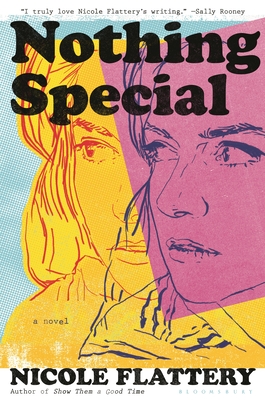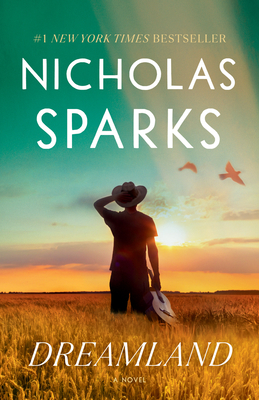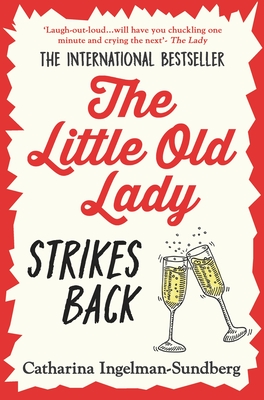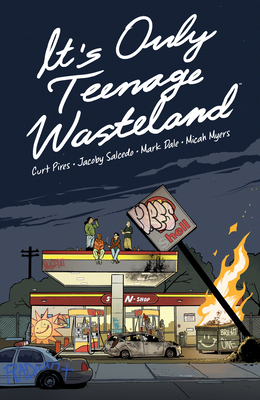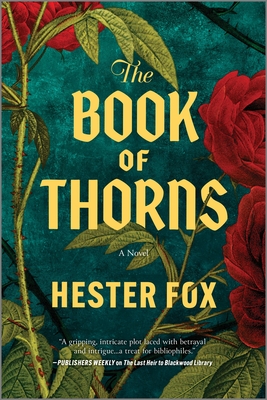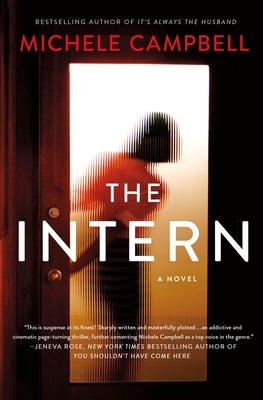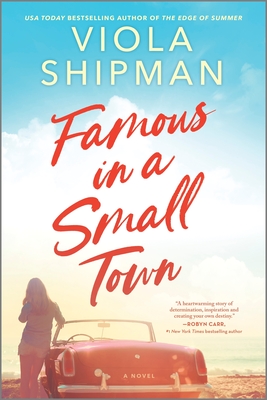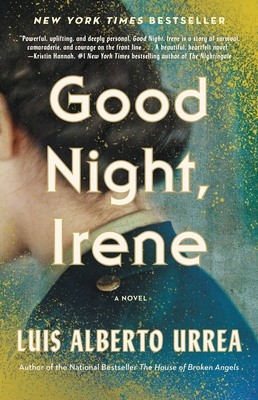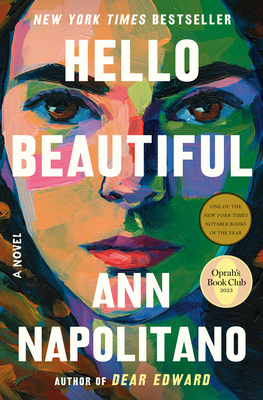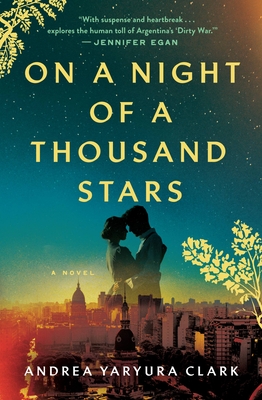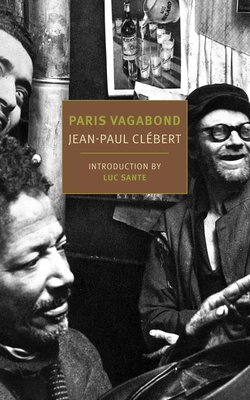
Paris Vagabond
Description
An NYRB Classics Original
Jean-Paul Clébert was a boy from a respectable middle-class family who ran away from school, joined the French Resistance, and never looked back. Making his way to Paris at the end of World War II, Clébert took to living on the streets, and in Paris Vagabond, a so-called “aleatory novel” assembled out of sketches he jotted down at the time, he tells what it was like. His “gallery of faces and cityscapes on the road to extinction” is an astonishing depiction of a world apart—a Paris, long since vanished, of the poor, the criminal, and the outcast—and a no less astonishing feat of literary improvisation: Its long looping breathless sentences, streetwise, profane, lyrical, incantatory, are an adventure in their own right. Praised on publication by the great novelist and poet Blaise Cendrars and embraced by the young Situationists as a kind of manual for living off the grid, Paris Vagabond—here published with the starkly striking photographs of Clébert’s friend Patrice Molinard—is a raw and celebratory evocation of the life of a city and the underside of life.
Praise for Paris Vagabond
“A rollicking, poetically charged tale of privation and adventure, a first cousin of Kerouac’s On the Road for all that it takes place within the confines of one city. Clébert finds all the hidden worlds—the shacks and Gypsy wagons on the periphery, the ostensibly vacant lots . . . the mushroom farms and serpentariums concealed inside apartments. . . .”
—Luc Sante
"A remarkably vivid, detailed book that seems to have been composed with no method, its narrative marked by a chaotic and cheerfully self-acknowledged spontaneity… Clébert is a master of the long, cascading list-sentence, trippingly rendered into English by Donald Nicholson-Smith. His descriptions are mirrored by (not illustrated by) the bleak photographs of Patrice Molinard… A connoisseur of chaos, Clébert is the poet of the lumpen-proletariat and of a forgotten city.” —Edmund White, The New York Times Book Review
"'This is not supposed to be a Baedeker or some tourist guide:' Clébert offers a hellish itinerary of the less fortunate quarters of Paris. First published in 1952, Clébert’s Paris insolite has been classified as a novel, though it is as journalistic as George Orwell’s Down and Out in Paris and London; if it has novelistic kinship, it might be to Jean Genet’s Thief’s Journal…..The photographs, by Molinard, are in the stark documentary style of a Weegee or Robert Frank…. Altogether, they add to the impression that this is less a novel than a book of reportage. But no matter how it's classified, it's a sobering, eyes-wide-open view of the Paris no guidebook would care to portray.” —Kirkus Reviews
“Clébert’s vivid, incantatory descriptions of Paris’s streets and back alleys, its abandoned attics and houses of ill-repute, its losers, liars, poor, criminals, and outcasts…English-language readers have had to wait until now to read Clébert’s magnificent ode to the underbelly of Paris, rendered beautifully from the French by translator Donald Nicholson-Smith…Clébert’s is a style of radical openness, and his sentences reproduce the possibilities of wandering, of getting lost.” —Hal Hlavinka, The Quarterly Conversation
“Paris Vagabond is a pleasure to tag along with, from sentence to sentence, section to section, arrondissement to arrondissement. Its catalogs of wonders…are as strange to my eyes as the catalogs of Herodotus or Italo Calvino...Paris Vagabond should be required reading for all Francophiles of the Eiffel Tower, Paris to the Moon variety...In brief, Nicholson-Smith has done a seamless job of reassembling Paris Insolite in English...It’s hard to think of another book about Paris that is so entertaining, so brutal, or so genuine.” —Alex Andriesse, Reading in Translation
“Poetry in the rough...Clébert’s acute insider’s view of the erstwhile clandestine 'Zone' of Paris and other rundown quarters in 1944-1948, and the striking photographs by Patrice Molinard (1922-2002) that accompany the text, make an extraordinary book that should be in the hands of every lover of the French capital...a French classic long overdue in English, which has been given a vivid rendering by Donald Nicholson-Smith.” —John Taylor, The Arts Fuse
“Readers who come to the printed page in search of life—atrocious, beautiful, sordid, picturesque, funny and tragic life, of the warming sun and freezing rains, with behind it all a muscular and heartfelt sensuality—these readers will not be disappointed.”
—Henry Muller, Carrefour
“The most startling, the most lively, the most ‘Mysteries of Paris’ work to appear since the peregrinations of Gérard de Nerval.”—René Fallet, Le Canard Enchaîné
Praise for The Blockhouse
“Clébert’s prose...hits an unfailing stride in the febrile Poe-esque evocation of the horror climax...Clébert displays a very impressive and extremely painful talent for the inferno of [his characters’] minds.”—Frederic Morton, The New York Times

